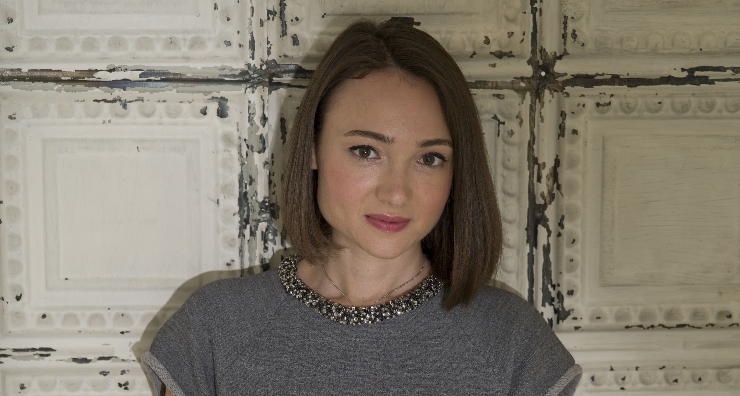Driving commercial and political engagement between Asia, the Middle East and Europe
Driving commercial and political engagement between Asia, the Middle East and Europe
Driving commercial and political engagement between Asia, the Middle East and Europe

Tell me how Kazakhstan was under the Soviet era and how it is now.
I was born in Kazakhstan, in Almaty, and lived there until I was 12 year old. My memories of the country are very dear to me as my family still live there. I grew up in a very creative environment as my father is a jeweller and my grandfather is an architect. My father’s studio was in our flat and I grew up watching him work and being inspired by his creations.
Kazakhstan then was a very different society to what it is now. It had its benefits – everything was safe and predictable, there was no crime and everyone had a stable job. However, there were drawbacks. There was no appreciation of knowledge and hard work and families had to queue for days to get food. These are the things that people had to go through and then, when the Soviet Union collapsed, it became a hostile and dangerous environment. This is when my parents sent me to England to a mixed boarding school in Brighton.
Now Kazakhstan is a very modern country, although still a developing one. It is growing fast, mainly due to its vast natural resources and developed oil and gas industries. It is a Muslim country but very tolerant of different cultures. You still get to see the rich and the poor, but nowadays the middle class is growing. People are becoming more culturally aware, which benefits the development of the art scene and encourages young artists to openly express their ideas.
When I first came to England hardly anyone knew where Kazakhstan was. Today, this country is being recognised as one of the significant powers in Central Asia.
How did you end up as an artist?
Growing up in such a creative environment meant art always played a big part in my life. I started to paint from a young age. It always felt natural to me and that is why at the beginning I saw it only as a hobby and a way to express myself.
I went on to study International Business and Foreign Relations, but I continued painting. At the age of 21 I showcased my work in London and successfully sold one of my works. It was my breakthrough as an artist.Soon after, I was exhibiting at the West-Eleven gallery in Notting Hill. This was followed by my solo exhibition ‘Expressions of Kazakhstan‘, where I reflected on my childhood and Kazakhstan’s vast landscape, mountains, and natural beauty.
Does your work focus on your memories of Kazakhstan?
I see myself as an international artist. I am interested in different aspects of life in different cultures, and this is where I draw my influences from. My latest collection is focused on Russian culture, whilst previous collections were abstract in nature and were influenced by Central Asian art and culture.
Yes, I see you have oil on canvas paintings of Russian ballet dancers, Russian dolls, Pushkin and Red Square?
In this collection I wanted to reflect my personal view of Russia. Many current events affect the judgement of Russia, but its culture, beauty and complex history are fascinating, and are being ignored and politicised. I wanted to show the true beauty of Russia.
How is the arts scene in Kazakhstan?
Kazakhstan’s art scene is quite traditional, mostly museum-driven. Due to its low population and small number of museums, people are not exposed to such lively and vibrant art and culture as they are in London.
However the art scene is developing fast and we can see a lot of new, young artists exhibiting in Kazakhstan today. More and more young artists have an opportunity to study art abroad, in the USA and Europe and because of that, the country is helping to showcase their work, such as the new museum being built in Astana.
The best thing about Kazakhstan?
Kazakhstan is a fascinating country. It has a rich history, having combined several cultures over the centuries. You can see the influences of Islamic, Asian and Russian cultures immersed in music, literature and art. People in Kazakhstan are very friendly and open and the country has magnificent natural beauty including the untouched mountains in the south.
naomi.canton@asiahouse.co.uk
